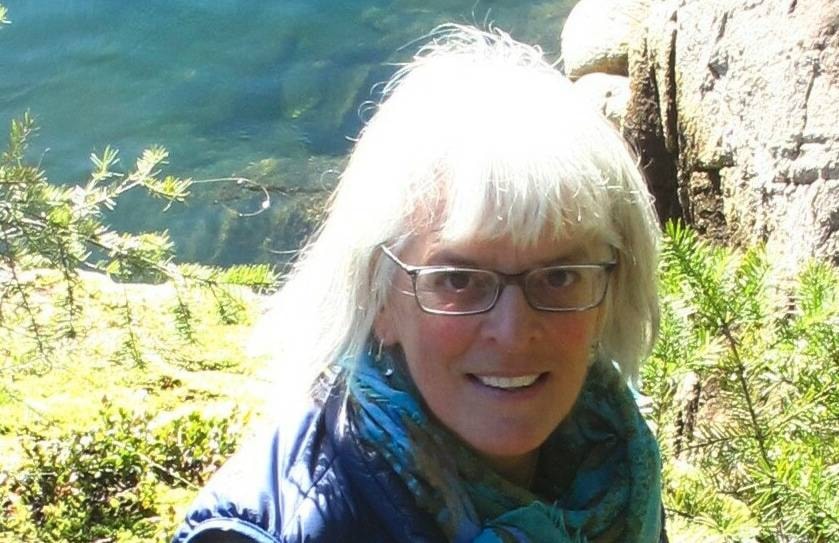Second in a series about the Kootenay Lake fishery
Last column’s review of Kootenay Lake’s troubled fishery generated a lot of interest as it brought readers up to speed on the steep dive of Kokanee numbers back in autumn, 2015, a situation that scientists are only now able to say they think they understand.
It’s important to point out that the 18,000 Kokanee I wrote about represented not all Kokanee in the entire system, but its 2015 spawners, those responsible for the next generation of fish in the lake.
Back to the story of fish populations. When the late-80s dramatic declines of kokanee sounded the alarm, fish and wildlife managers asked researchers at the University of B.C. to study the possibility of adding artificial phosphorus and nitrogen (agricultural fertilizers) to the system, as a way of restoring aquatic nutrients.
The natural source of phosphorus flowing out of the Duncan River valley had declined from 65 to 13 tons, a result of Duncan Dam. Libby Dam in Montana was also holding back as much as 200 tons of phosphorus from entering Kootenay Lake.
The fish were hungry. The mysis shrimp, a non-native species introduced to Kootenay Lake in the 1940s in an effort to fatten the Gerrard rainbows, were not helping. The shrimp directly competed with the Kokanee for the tiny zooplankton, the “bread and milk” nutrients of the food web.
An artificial fertilizer program began in 1992 and almost immediately showed results. Phosphorus fed algae, algae fed zooplankton and those tiny creatures fed Kokanee. Gerrards can eat 1,000 Kokanee in a lifetime and needed lots of them to prosper. It was a delicate balance. Too much food in the water causes toxic blue-green algae blooms. Too little, and Kokanee couldn’t survive. The relationship between the Gerrard predator and the Kokanee prey was further complicated by the presence of other predators from the natural system who enjoy Kokanee as a side dish: bull trout and pikeminnow.
In 1997, a decline in funding for the feeding program mirrored a decline in Kokanee. The feeding program resumed in 2001. By 2004, the system was balancing out again. Fisheries technicians and biologists were realizing that ongoing effort would be necessary to maintain a vibrant fishery in a region affected by major hydro-electric and storage reservoirs. Simply priming the pump would not do.
The fuel would need to flow in constant supply, and in just the right way, or else the balance between predator and prey would be lost, and the system might collapse again.
Joseph D. Countryman, former operations manager for the Army Corps of Engineers in the U.S., recently summed up the struggle of managing dammed water systems. “When you build a dam,” he said, “you are playing God. And it’s tough to be God.”
While Countryman was talking specifically about flood management, his comments could also apply to the complex food web in Kootenay Lake. The natural system had experienced swings between abundance and scarcity over time. All natural systems do. The government, having wrestled control of the rivers through mega-projects, now had to face its own permanent role in the process.
Back in 1995, B.C. Hydro established the Columbia Basin Fish and Wildlife Compensation Program, to address some of the profound ecological losses. The concept was a good one: give back to the lake by funding projects from the profits of the sale of electricity. It was step in the right direction.
It also put a penny-pinching bureaucracy in charge of a hungry family. Thus began a sort of tug-of-war between the needs of the Kootenay Lake fishery and the “parent” organization’s willingness to foot the bill – whether for nutrients (actually a well-funded program); for habitat restoration; for spawning channel operations; or, for the poorest sister of them all, monitoring.
Over the past three decades, through trial and error, good science and some intuition, managers of the system have learned more and more about Kootenay Lake’s complex web of life.
A variety of factors seem to have supported an upswing in Gerrard population and size in the lake. Increases in nutrient feeding in the south arm for ecosystem restoration may have especially supported more Gerrards, who have been gobbling up those extra Kokanee.
This year’s most recent acoustic surveys (counting fish through echo sounding) suggest that things appear to be on the turn-around for Kokanee.
Part three of this close look at the Kootenay Lake fishery will move to the sunny side, with a few recent successes for other species and some of my key recommendations from the lessons of history to help our region’s inland fishery prosper into the future.
Eileen Delehanty Pearkes is the author of A River Captured: the Columbia River Treaty and Catastrophic Change.
